See the New Times Square New Year's Eve Ball Up Close
Find out how you can take home a piece of the old New Year's Eve ball!


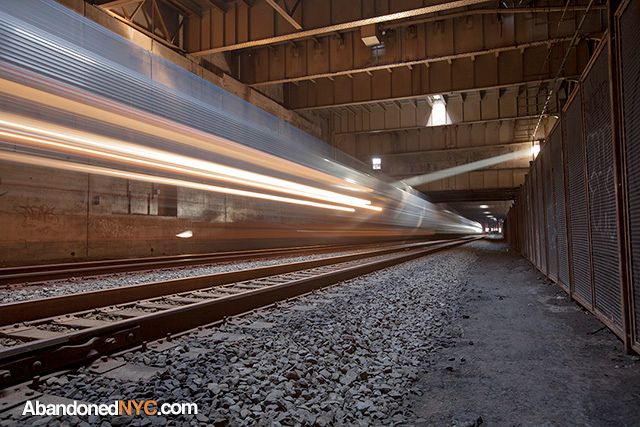
Even in New York’s most isolated spaces, you’re walking in the footsteps of multitudes. Off-limits under Riverside Park, skimming 2.5 miles of Upper West Side shoreline, the Freedom Tunnel remains the most well-known, well-traveled, and well-documented section of the city’s subterranean transit system. More than a working Amtrak conduit, the Freedom Tunnel gained notoriety as the home of the “mole people,” a vast colony of squatters that peaked in the 80s and early 90s. On a recent visit, we found the track surprisingly clear of any trace of its former inhabitants, but lining the walls, there are pieces of a separate, though intertwined, history.
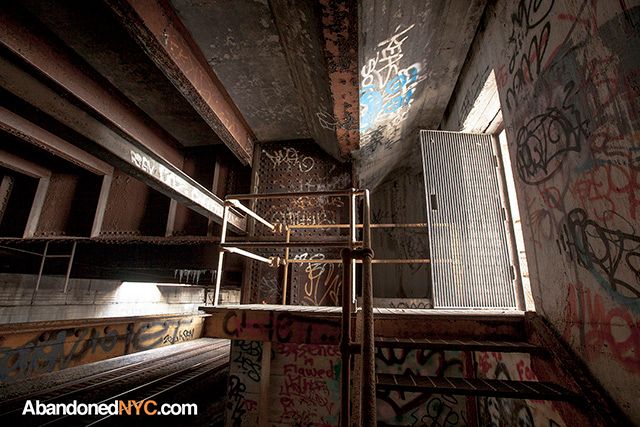
As an epicenter of New York City street culture, the Freedom Tunnel has attracted some of the most well respected graffiti artists over the years. The seclusion of the tunnel allowed street artists to work for long hours without being bothered by authorities, and the results are often impressive.
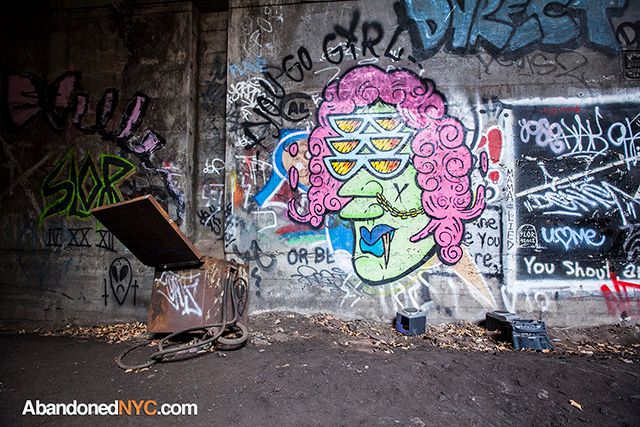
Graffiti collects under pools of natural light that filter down from the grates above, lending the Freedom Tunnel the look of an underground gallery. To some, the works here have just as much value as the ones hanging in New York’s top museums—they’re their own kind of masterpieces. It was from one of these artists that the tunnel got its name.

Chris Pape, aka “Freedom” was one of the most active and accomplished New York graffiti artists of the late 20th Century, and he’s best known for his large scale murals in the Amtrak tunnels. By recreating works of art like Goya’s Third of May and Michaelangelo’s David, he was elevating graffiti as an art form, and as a means of expression. Many of Pape’s pieces commented on the plight of those living in the tunnels, pointing out the hypocrisy of American ideals and the indifference toward those who stood to benefit most from the promise of equality and opportunity.
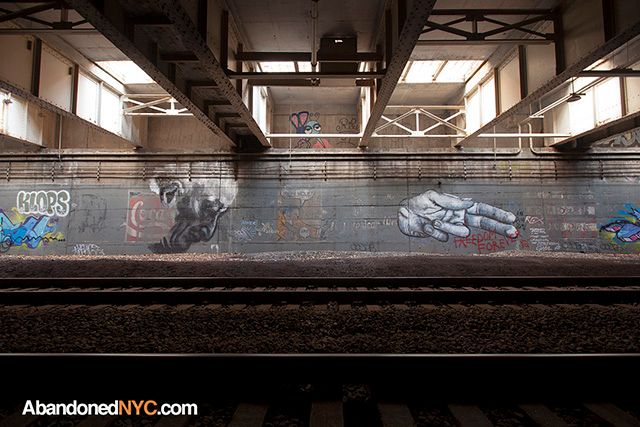
Pape’s work was never intended to last forever, but for almost three decades, tunnel visitors respected the Freedom murals. In 2009, Amtrak began painting over them, angering an entire community of artists and enthusiasts who lionized Chris Pape for his contributions to the art form. The whitewash allegedly began after a high-ranking Amtrak official was horrified by the amount of graffiti she saw during a ride through the tunnels.
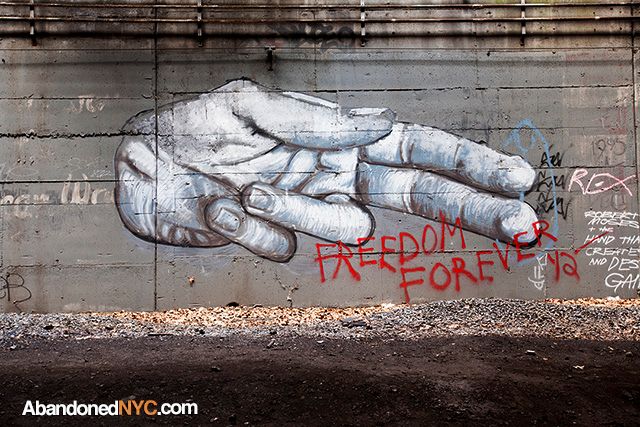
New barriers and enhanced security were positioned at the entrances, but the Amtrak authorities are facing an uphill battle. Fences have never kept New Yorkers from places they wanted to go…
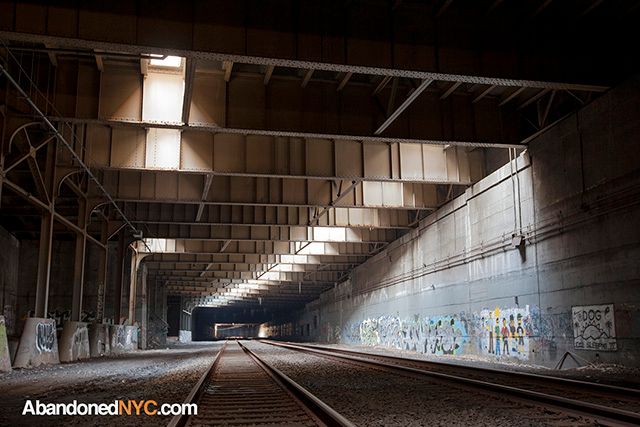
The walls are gradually being repopulated as a new generation picks up where the last one left off. Nostalgic for the days of Freedom and his contemporaries, they’re laying claim to a place they feel is rightfully theirs. The Upper West Side may have lost most of its grit, but the spirit of the Freedom Tunnel is still alive.
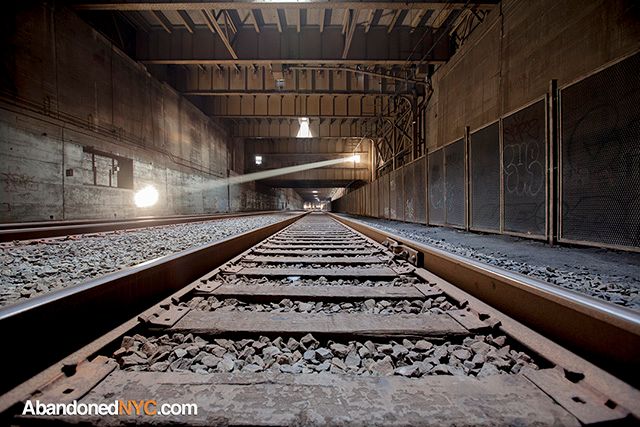
Will Ellis is a Brooklyn-based photographer and the author of AbandonedNYC, an upcoming photo book featuring the little-known histories of New York City’s forgotten places. Visit his website for more of his work.
Also published today: Did you know New York City’s mail used to be moved by pneumatic tube?
Subscribe to our newsletter